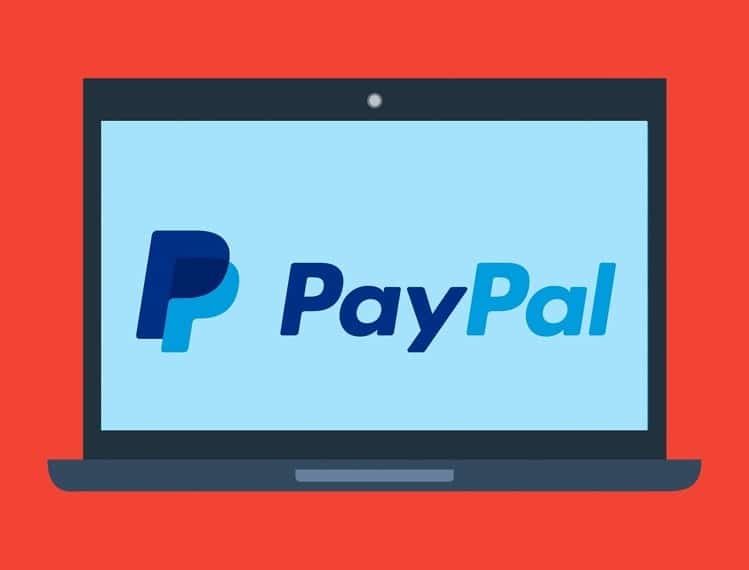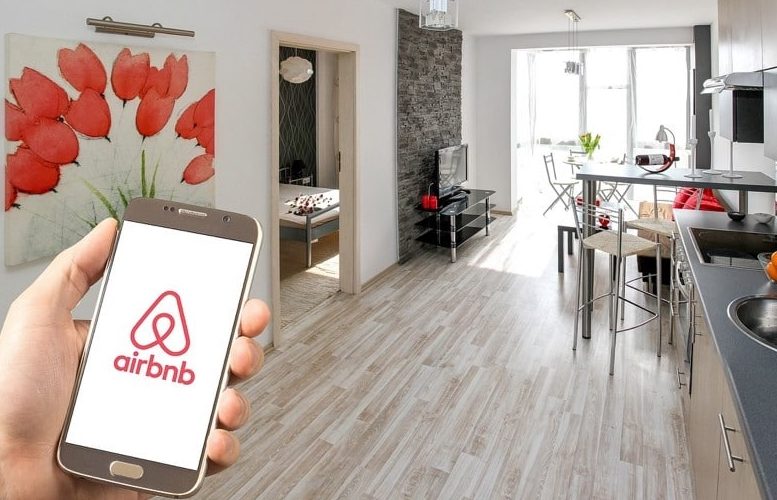Online home goods brands rake in over $86.41 billion in sales annually, accounting for a massive chunk of the US home decor segment. The convenience of online shopping, user-friendly apps, in-home services, and the promise of quality products at budget-friendly prices contribute to the growth of e-commerce companies like Wayfair.
What is Wayfair?
Headquartered in Boston, Massachusetts, Wayfair is an e-commerce business selling online furniture and home goods.
Founders Niraj Shah and Steve Conine officially launched Wayfair in 2011 after experimenting with CSN stores, a collection of over 200 home product online brands, to give consumers the freedom to choose from millions of home furnishing and appliance options.
Today, Wayfair is one of the largest home e-commerce stores globally and features over 40 million home products from more than 20,000 suppliers.
Wayfair Customer Segmentation
Wayfair primarily caters to two types of customer segments:
- Retail customers: Over 8 million active shoppers looking to refresh their home decor and buy quality products from the comfort of their house browse and purchase furnishings and appliances from Wayfair.
- Home goods suppliers: Wayfair supports over 20,000 suppliers and gives them a global platform to display and sell their goods at reasonable rates.
Wayfair is a leading online home decor company with a footprint in the US, UK, Germany, and Canada, but why do individuals trust Wayfair? Let’s find out.
Wayfair’s Value Propositions
Wayfair’s unique value propositions for its customers include the following:
1. Vast collection of home products
Wayfair’s USP is that it offers a wide range of products shoppers can browse and choose from. It aims to serve homeowners with diverse tastes, brand preferences, and personalities and build a home that’s uniquely theirs with hand-picked items across the board.
2. Budget-friendly products
The e-commerce company offers home goods at budget-friendly prices daily to wow its dedicated customers.
3. Customer service
Wayfair customers can contact the service center seven days a week to get their queries resolved. The friendly team will also help customers needing shopping assistance.
4. Fast shopping
Wayfair promises to ship orders over $35 for free. Additionally, it’ll deliver thousands of items to your doorstep within two days.
Who are the Key Partners of Wayfair?
Wayfair’s partners have helped the company acquire customers from different walks of life and onboard thousands of suppliers. Its key partners include:
- Celebrities: The company partners with celebrities to offer carefully curated pieces. For instance, it recently partnered with Kelly Clarkson and launched The Montana Collection to showcase vintage goods and antiques inspired by French country style at affordable prices.
- Delivery partners: Delivery partners like UPS, DHL, and FedEx are the backbone of this online home goods company. They ensure that Wayfair can fulfill its promise to its customers without exceptions.
- Suppliers: Wayfair partners with thousands of dependable suppliers to offer its customers an enviable collection of goods.
- Developers and IT partners: Technology partners ensure Wayfair runs smoothly without glitches.
- Installation partners: Wayfair has a lucrative partnership with Handy.
What are Wayfair’s Key Resources?
Wayfair’s essential resources include:
- Wayfair’s user-friendly website and app are its most significant resources.
- The five retail brand websites, namely Wayfair site, Joss & Main, AllModern, Birch Lane, and Perigold.
- Profitable partnerships with suppliers and distribution networks.
- Wayfair’s ecosystem of over 14,000 employees across North America and Europe and other human resources.
- A dedicated algorithm and system to predict consumer buying patterns and monitor habits.
- IT infrastructure to deliver a seamless experience for every shopper.
- Automated logistics and payment operations.
- 18 fulfillment and 38 delivery centers near major hubs and metro cities.
- Excellent brand image in the home decor segment.
What are Wayfair Channels?
Shoppers can buy Wayfair products through its website. They can also visit the websites of the other four brands, including AllModern, Birch Lane, Joss & Main, and Perigold, to place their orders. The company also has a Wayfair Professional website to cater to businesses across industries and sizes.
It has apps listed on Google Play and App Store to serve the varied shopping needs of its Android and iOS customers.
Additionally, the brand is active on multiple social channels—Facebook, Twitter, Instagram, and LinkedIn—and leverages it to connect with homeowners and design enthusiasts globally.
How does Wayfair Maintain Customer Relationships?
Wayfair customers can reach out to customer support executives by calling them to chat with them. The team is available for a call seven days a week and is eager to assist shoppers.
Moreover, customers can access self-service tools and visit the Wayfair Help Center for order help, resolve queries regarding shipping and tracking, get answers to billing and payment, access home services, and receive account assistance.
What is Wayfair’s Cost Structure?
Wayfair incurred an expenditure of nearly $8.8 billion for the year ended December 31, 2022. Its cost of goods sold includes customer service and merchant fees, selling, operations, technology, general and administrative expenses, and total equity-based compensation and related taxes.
How Does Wayfair Generate Revenue?
Wayfair’s net revenue for the fiscal year ended December 31, 2022, was around $12.22 billion. But how does Wayfair make money? Does it only earn revenue from selling its goods? Let’s find out.

Wayfair’s revenue streams can be categorized into five sections:
1. Product sales
The primary source of revenue for Wayfair is product sales. The company makes a profit every time a product is sold since it buys products in bulk from manufacturers and suppliers. It’s still involved in drop shopping and covers the shipping charges.
2. Installation services
Wayfair partners with Handy to offer its customers furniture installation services and connects them with certified assembly experts. The installation fee varies from product to product and is split between the two brands in a predetermined ratio.
3. Marketing and advertising fees
Wayfair allows its suppliers to feature their products on the website or app through sponsored ads. This helps the suppliers market their products better, garner more attention, and possibly offload more inventory.
Sponsored posts and preferential placement within search results or category pages are other sources of advertising revenue.
4. Interchange fee
The Wayfair Credit Card and Wayfair Mastercard are other sources of revenue for the firm. When customers use either of the cards to make a purchase, an interchange fee is charged to the merchant, which is split between the card issuer and the e-commerce company.
5. Interest
Wayfair also charges interest, or APR (Annual Percentage Rate), when the credit cardholders buy goods using their available credit. It doesn’t levy any interest when a purchase is paid in full. The following interest financing options are available to customers on online purchases:
- 6-month financing on orders over $199.
- 12-month financing on orders over $799.
- 18-month financing on orders over $1499.
- 24-month financing on orders over $2999.
Interest will be charged at a rate of 32.24% if the order amount isn’t cleared within the financing period. The minimum interest charge is $2.
The Bottom Line: Wayfair is changing the way homeowners buy home goods
Wayfair is changing how homeowners purchase home goods and decorate their homes. Its wide selection of products, affordable prices, customer-first focus, and supplier relationship have turned it into the world’s leading e-commerce company.
References & more information
- Gretchen Salois (October 27, 2022). Online US home goods sales grow 10.1% in 2021. Digital Commerce 360
- About Wayfair. Wayfair
- Daniel Pereira (August 3, 2023). Wayfair Business Model. The Business Model Analyst
- Shikhar Goel (September 14, 2022). How does Wayfair work and make money: Business Model. The Strategy Story
- John Hughes. Wayfair Business Model Explained. Business Chronicler
- (October 2, 2023). Introducing ‘The Montana Collection’ by Kelly Clarkson Home, Exclusively at Wayfair. Wayfair Press Release
- Wayfair Careers | Locations. Wayfair Locations
- Mithun Sridharan (April 19, 2022). Wayfair Business Model. Think Insights
- Viktor Hendelmann. The Wayfair Business Model – How Does Wayfair Make Money?. Productmint
- Help Center | Wayfair. Wayfair Help Center
- Wayfair announces fourth-quarter and full year 2022 results. Wayfair Company News
- Gennaro Cuofano (August 8, 2023). How Does Wayfair Make Money? The Wayfair Business Model In A Nutshell. FourWeekMBA
- Aakash Mangi (August 25, 2022). Wayfair Business Model Explained. OyeLabs
- Wayfair Credit Card. Wayfair
- Featured Image by Priscilla Du Preez
Tell us what you think? Did you find this article interesting?
Share your thoughts and experiences in the comments section below.












Add comment